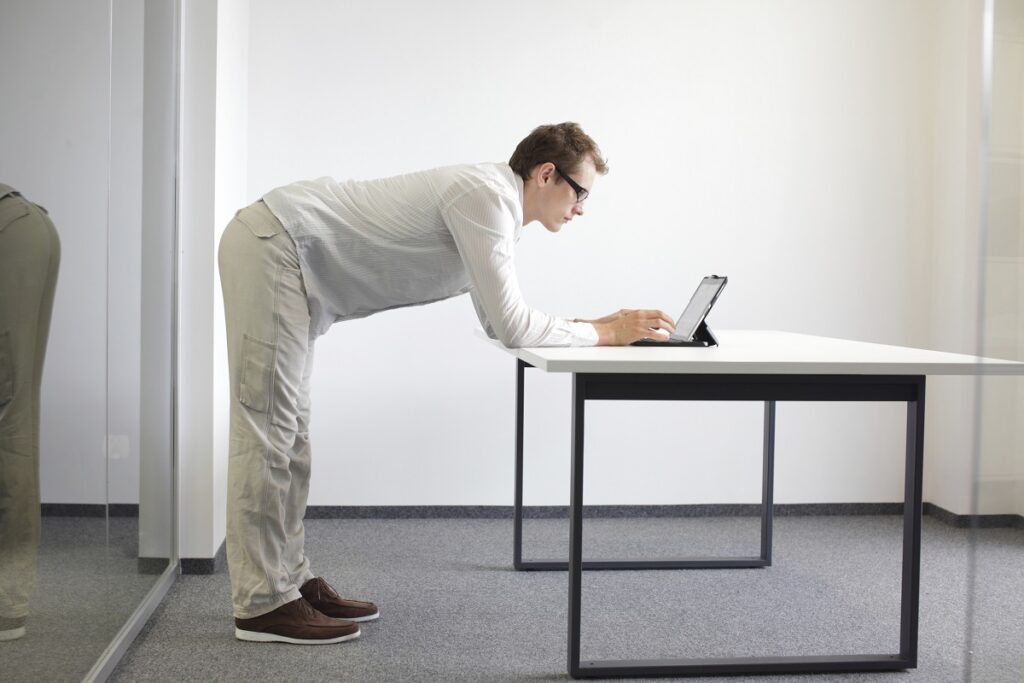There’s so much rich insight coming out of the academic sector that HR professionals need to know. At Academics’ Corner we feature the best HR researchers that tell you what they’ve found and what you need to do differently on the back of the research. Get connected to the academic sector through Academics’ Corner and make sure you never miss another piece of key research again. If you’re an academic with a relevant story, please get in touch on academicscorner@hrzone.com.
Conventional wisdom and dozens of research studies tell us that physical activity is vital to maintaining physical and mental well-being.
However, many (or most!) of us remain almost entirely sedentary at work. Research estimates that between 60% to 80% of occupations can be categorised as “mostly sedentary,” where people engage in less than one hour of light physical activity at work per day.
Obviously, such sedentary behavior can be harmful! Sedentariness is linked with obesity, which is in turn linked with a higher rate of workplace injury and significantly higher healthcare costs for organizations. In the U.S., researchers estimate that employer healthcare costs associated with obesity and obesity-related diseases are astounding, estimating at around $147 billion per year.
This is not only a problem in the U.S.; the World Health Organization now considers obesity to be a global epidemic, with over 500 million adults, worldwide, now categorized as obese or larger.
That said, many organisations have begun to take steps to combat the so-called “obesity epidemic.” For instance, some organisations create wellness programs, designed to educate employees on healthy lifestyle habits. Other organisations subsidise gym members, or provide health insurance breaks to people who regularly engage in healthy behaviors (e.g., regular medical check-ups). However, these efforts, though admirable, do not address one of the major factors influencing physical health—sedentariness. Though employees might exercise and eat well, sedentary behavior is still implied in chronic disease. Employees really need to get moving throughout the day.
Though employees might exercise and eat well, sedentary behavior is still implied in chronic disease.
Our study on active workstations
One possible way of addressing sedentary behavior at work would be to implement active workstations. Active workstations allow an employee to get some mild activity, either through walking or cycling, while they are still able to accomplish work.
Little research has investigated the efficacy of such active workstations. We were interested in whether people experience psychological benefits from active workstations while maintaining similar levels of performance compared to seated workstations.
With that in mind, we conducted an experimental study. The goal was to compare psychological outcomes (i.e., boredom, satisfaction, stress, and arousal) and performance outcomes (i.e., number of tasks completed; number of errors) across four different working conditions: sitting, standing, cycling, or walking.
So, participants came into the lab and were assigned to one these conditions. They had a chance to make themselves comfortable (adjusted the desk height and speed for the walking workstation, or the resistance for the cycling workstation). At that point, participant had 15 minutes to practice the work tasks (web-based search, retrieve, and typing tasks), and 35 minutes to actually perform. Afterward, the participants went to a different computer station, and took a brief survey on their satisfaction with the tasks, their feelings of stress and arousal, and their feelings of boredom.
Employees really need to get moving throughout the day.
We found that participants in walking and cycling conditions tended to reported higher levels of arousal and lower levels of boredom compared to seated and standing conditions. Additionally, those in the walking condition had lower feelings of stress and higher feelings of satisfaction. Finally, performance was comparable between walking, seated, and standing conditions, and lower for those in the cycling condition.
Conclusions and moving forward
These results say that walking workstations might be a feasible intervention for the workplace. People using walking workstations tended to have psychological benefits without performance decrements. Cycling workstations, on the other hand, might not be as feasible; they did not have as many benefits, and actually resulted in lowered performance. It was interesting to watch; people, while cycling, had trouble stabilising their arms which impacted their typing. This is consistent with research saying that your arms can’t remain independent while cycling.
In the future, we plan on investigating the long term effects of active workstation use. Will people continue to use these workstations if given an opportunity? Will the psychological benefits persist over time? Are there risk factors involved?
For now, we remain tentatively optimistic about the efficacy of these workstations, and encourage people to get moving!
This article was based on the following research: Sliter, M. T., & Yuan, Z. (2015). Workout at work: Laboratory test of psychological and performance outcomes of active workstations. Journal of Occupational Health Psychology.






